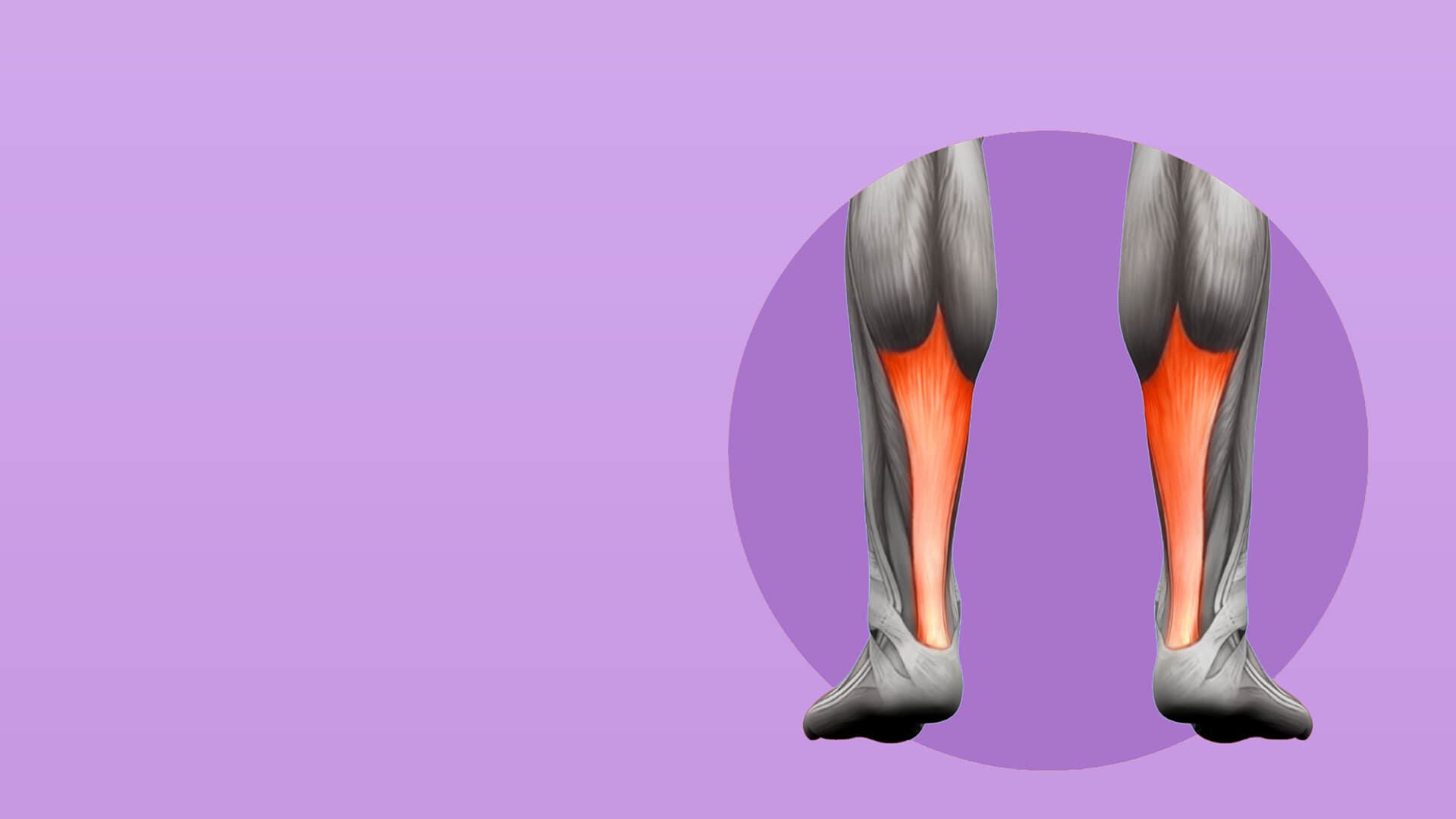Understanding Achilles Tendon Injuries: Causes and Prevention

The Achilles tendon is the largest and strongest tendon in the human body, connecting your calf muscles to your heel bone. Despite its strength, it's vulnerable to injury, particularly in people who engage in sports or sudden physical activities.
In the first 48 hours after diagnosis, focus on elevation, reducing load, and avoiding unnecessary movement. Early rest gives your tendon the best chance to begin healing properly and minimizes inflammation.
Common Causes
Overuse and Repetitive Stress
The most common cause of Achilles tendon problems is overuse. This happens when you repeatedly stress the tendon, causing tiny tears that don't have time to heal properly.
Sudden Increase in Activity
Jumping into intense exercise without proper conditioning is a recipe for injury. Your body needs time to adapt to new physical demands.
Poor Biomechanics
Issues with your gait, foot structure, or wearing inappropriate footwear can place excessive stress on your Achilles tendon.
Risk Factors
Several factors can increase your risk of Achilles tendon injury:
- Age (most common in people 30–50)
- Male gender
- Obesity
- Tight or weak calf muscles
- Flat feet or high arches
- Certain medications (such as fluoroquinolone antibiotics)
Prevention
Gradual Progression
Never increase your exercise intensity by more than 10% per week. This gives your body time to adapt.
Proper Warm-Up
Always warm up before exercise and include dynamic stretching for your calves and ankles.
Strengthen Your Calves
Strong calf muscles can better support your Achilles tendon. Include eccentric exercises (like heel drops) in your routine.
Choose the Right Footwear
Wear shoes appropriate for your activity, with good heel support and cushioning.
Listen to Your Body
Pain is your body’s warning system. Don’t push through Achilles pain — rest and seek medical advice if needed.
When to See a Doctor
Seek immediate medical attention if you:
- Hear a pop or snap in your ankle
- Feel sudden severe pain in your heel or calf
- Cannot walk normally
- Cannot stand on your toes
Early diagnosis and treatment can prevent a minor issue from becoming a major problem.